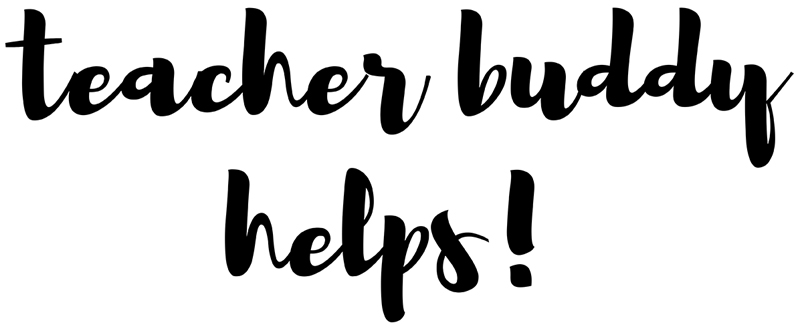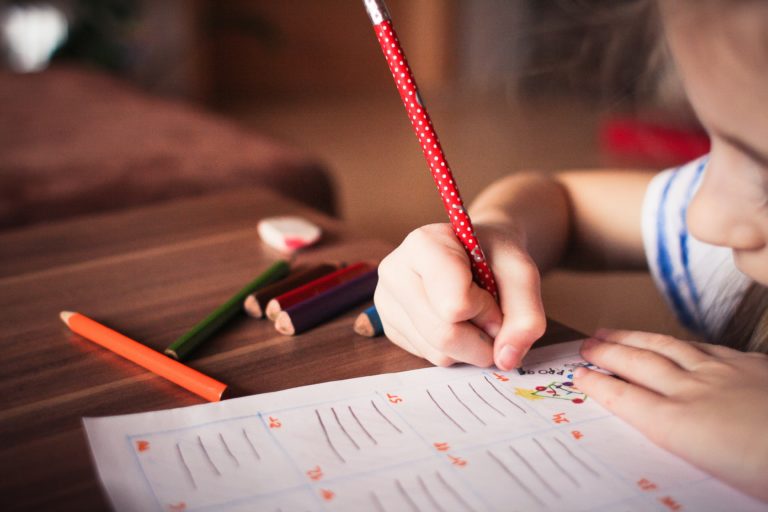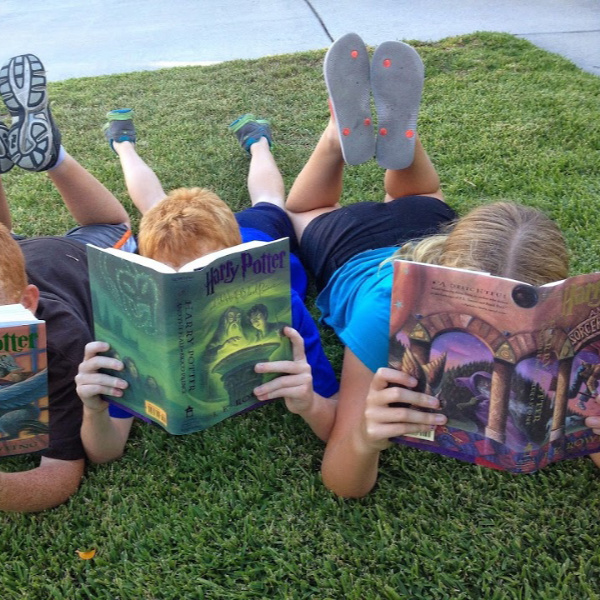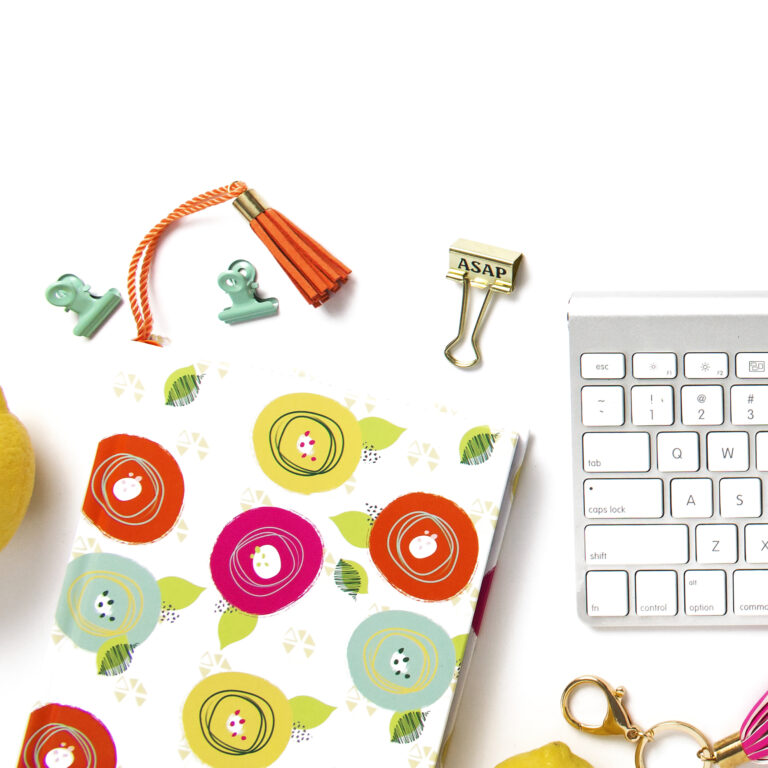How to Teach Combination Classes!
Some teachers recently have asked how to manage combination classes so that all students are getting what they need. I’m here to say that it’s not an easy task, but it can be done.
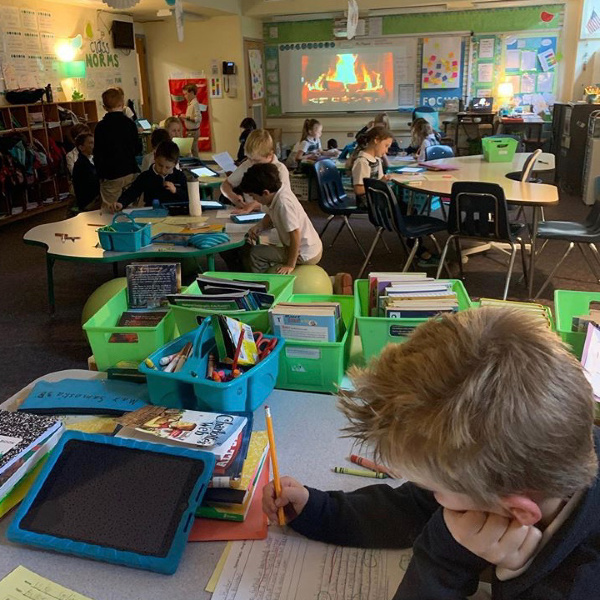
So, here is information on “How to teach combination classes”
Throughout my career, I had a number of combination classes. While none are ideal, the ones that work the best (in my opinion) are 3rd-4th and 5th-6th. And they are only ideal if they are self-contained.
I even had a combination class while I was student teaching. You can read about that experience in another article I wrote here: 7 Lessons from Student Teaching.
How to Structure Combination Classes
In the best-case scenario, you would have an Instructional Assistant (a teacher’s aide, or paraprofessional). But if you don’t, you can still manage with a little flexibility and ingenuity.
I would suggest that you create a classroom layout where each grade level is in a cluster together. A lot depends on how many of each grade level are in your combination class.
The first thing you need to do is make absolutely certain that you have established effective classroom routines and procedures for your class. It will be impossible to work with two grade-levels without structure supporting your efforts.
You might be interested in this FREE downloadable Classroom Routines Checklist that I’ve created. Get it right away by filling out the form below.
**
Once I had a K/1st combo and I only had six Kinders. When planning for this combo class I requested that the Kinder teachers send me six fairly high or second year Kinder students. That way I was able to teach them some higher-level skills that they were ready for.
They all sat at one table for six, but when I pulled students for group time they were dispersed throughout the first grade students. Which leads to this next topic – time to assess.
Time to Assess Your Students
You need to take some targeted time during the first two weeks of school to test all your students individually. I KNOW YOU ARE THINKING HOW AM I GOING TO DO THIS…. well, guess what, Kindergarten teachers do it every year, so you can do it. Older students can take an exam that you grade to assess their levels, but I would still have each child have some individual testing too.
Get creative when finding time to do this. Do you want to test two or three each recess, or show a movie the last hour of the day to test about 10 students, give the class EASY independent work so they don’t need your help… these are a few examples.
When you test, you need to test reading readiness, math, colors, shapes, counting, etc. For your first graders, begin with short vowel words and move onto long vowels words and sight words if they know them. For Kindergarten students, ask them if they know their ABCs. If they say yes, have them recite them to you, then check for random letter identification (both upper case and lower case).
I’m hoping you are getting the idea with the specifics listed above. So, let’s pretend you have a 5th/6th combination. You will test each grade level student on what they should have learned by the end of the previous grade. I suggest fluency passages, sight word knowledge, phonetic blending, spelling and comprehension of a short passage for ELA.
Do the same with math, what they should have learned in 4th and 5th. For example, division by one digit, multiplication facts, fractions, measurement and geometry.
After you have your test results, you will be ready for the next step.
Flexible groups are a Must
Using the test results that you now have, create some flexible groups. The reason I listed the groups as “FLEXIBLE GROUPS” is because they need to be able to change if needed.
Let me give you an example. Perhaps you test a student and then later find out that he/she does know more in math than you thought. Maybe he/she forgot over the summer and now it is coming back to their memory. Or maybe they had a bad day when you tested them. You need to be prepared to move students around in your groups. Also, you may have different groups for multiplication/division units than measurement.
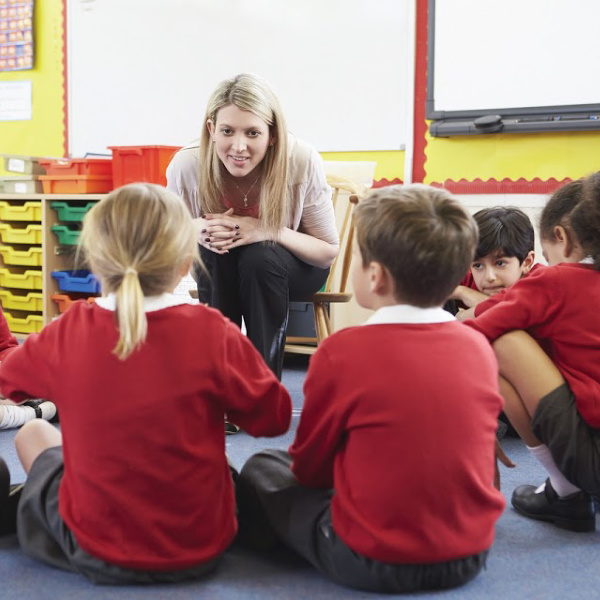
When I’m talking about these groups, they are to have students from both grade levels. You will have some lower grade students who are ready to be in your highest group with the older grade level. And in reverse, you may have some older students who need to be in the lowest group.
Divide and Conquer
Another idea (if you only have a few in one grade) is to see if they can join another teacher for Social Studies. This subject is just so grade specific that you will be teaching two grades if you cannot send them out for that subject. Of
As much as possible, I tried to combine the Science instruction if I could but made sure they got the correct Social Studies for their specific
I know you are thinking, “that’s why it’s called independent work.” But you all know there will be some who want to ask you something. What I tried to do for each grade was I assigned a high achieving student to be in charge of answering questions if he/she could. Students learned to ask there first. This system worked well for me most years.
Here is another Education Blogger, “The Teacher Next Door” who writes about having a combination class as well.
Assign group projects in upper grades
For upper grade teachers, you should take advantage of group projects to help keep students working while you instruct the other grade level. Often a certain project can encompass numerous subject areas and take two weeks or so to complete (when working about an hour each day).
You need to be particularly careful when structuring the groups so that students work well together. Don’t put two leaders in the same group. The assignments you give for these group projects will need to be fairly independent since you will be instructing the other group of students in your class.
Below is a “Blast from the Past,” it’s me teaching a K/1st combination class. And I’m still smiling. LOL.
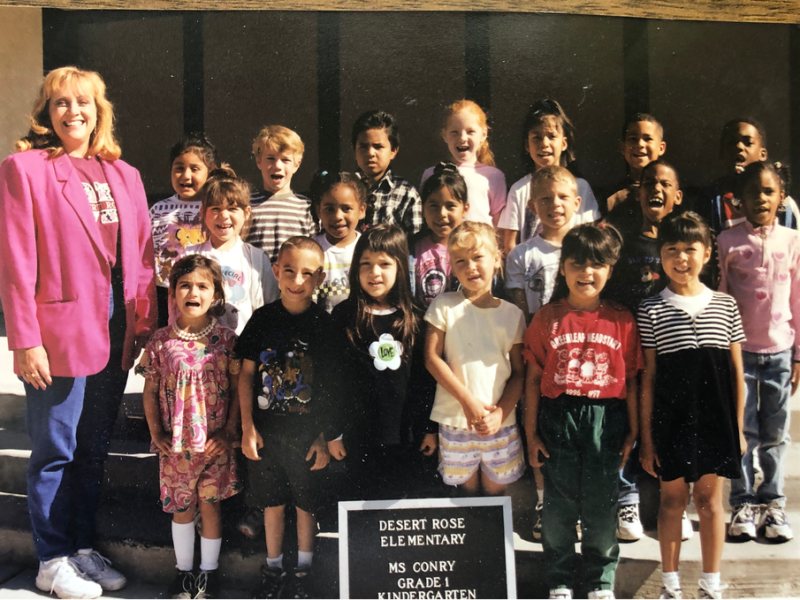
You will become one big happy class!
Despite being two different grade levels, your students will soon become one cohesive class under your guidance. After a while, you won’t even think of them as this grade or that grade, but instead of which skills each student has.
Enjoy your combination classes when you get them
Until Next Time,
Your Teacher Buddy
